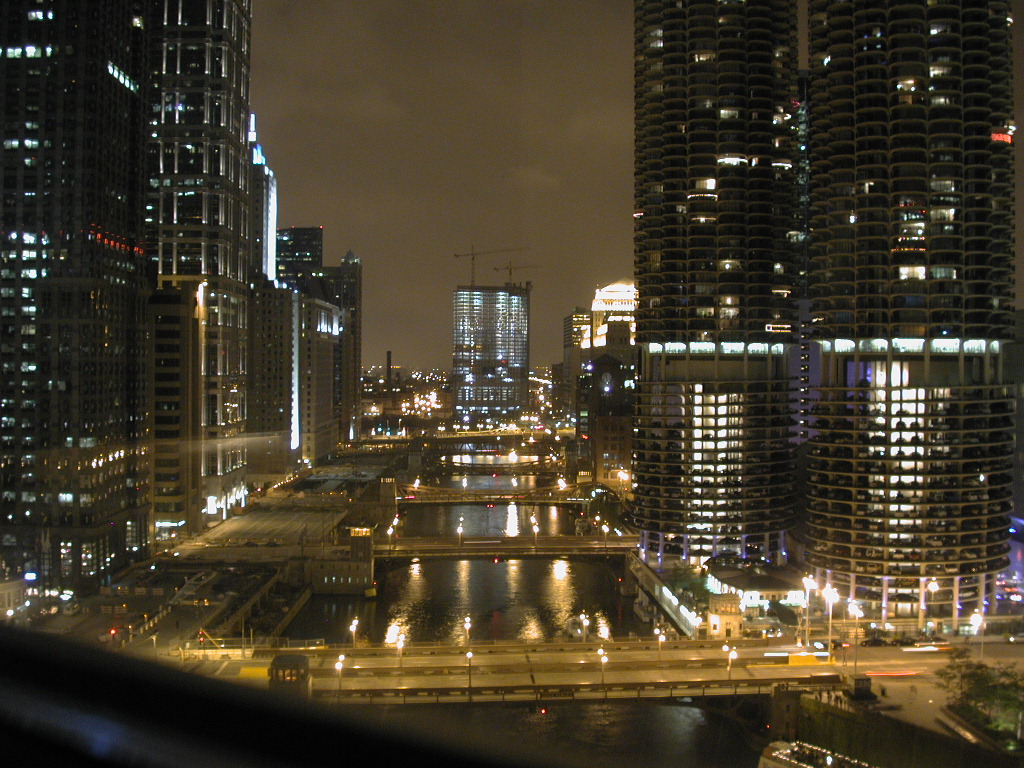Sept. 2-9, 2017
On October 8, 1871, a devastating fire tore through Chicago for 26 hours, destroying some 2,100 acres and most of the city’s downtown wooden buildings. In its wake, a new law was passed prohibiting wooden structures, thereby leaving a ruined city hungry for new architecture.
One of these was Louis Sullivan, an established architect who, in 1887 hired an eager draftsman named Frank Lloyd Wright. Wright has often been described as “the pencil in Sullivan’s hand.” He assisted the older architect on many projects and came to look upon him as both mentor and friend. But before long, the ambitious draftsman took the pencil into his own hands, and was designing houses for wealthy clients without Sullivan’s knowledge.
In 1893, after he was fired for his moonlighting, Wright set up his own practice in a house and studio built with money loaned to him by Sullivan and began what he called “a new architecture,” an indigenous American style free of the Victorian trappings of the past. Chicago now contains more Wright-designed buildings than any other American city (some 24 of his houses are in Oak Park alone).
Despite many personal and financial setbacks, Wright enjoyed a long and prolific career. He was that rare genius who got busier as he got older, constantly evolving and designing major projects like the Marin County Civic Centre in California and the Guggenheim Museum in New York. In fact, the city has become an architectural mecca, luring names such as Renzo Piano and Frank Gehry.
The architecture of the city is significant enough to have had a style named after it —The Chicago School — and was home to the first skyscraper (nine stories) ever built (1884).
But it is not only its architecture that the city is known for. Music (Nat “King” Cole, Louis Armstrong, Benny Goodman, Jelly Roll Morton, Muddy Waters and Kanye West); acting (Second City spawned comedians like Gilda Radner, Bill Murray, Dan Ackroyd and Joan Rivers; Jack Benny and John Belushi lived here, along with John Cusack, John Malkovich and, of course, Oprah) have all made significant contributions to its culture. For blues fans, the House of Blues and Buddy Guy’s Legends attract major acts. The Chicago Symphony Orchestra, one of the world’s most renowned classical orchestras, performs at Symphony Centre.
It is, therefore, fitting that the Second Annual GAC Architectural Tour should have Chicago as its destination. Following their hugely successful fundraising trip to Fallingwater in Pennsylvania and the Darwin Martin House and Graycliff in Buffalo in 2016, Sharyn Seibert and Brian Lauder will lead fellow enthusiasts on a 7-day architectural and artistic excursion to view not only Wright’s masterpieces but also those of other notables such as Daniel Burnham, Sullivan and Mies Van Der Rohe. Sharyn and Brian are experienced tour leaders certified by The Travel Industry Council of Ontario (TICO), and bring an extensive wealth of knowledge and passion to all of their endeavours, whether it is architectural tours to the US, art and wine excursions to Italy, art workshops or wine tastings. Between them, their academic backgrounds span fine art, architecture, interior design, library science, English literature and sommelier training.
The adventure will feature tours of Wright’s home and studio, Unity Temple, the Robie House (Wright’s favourite), Oak Park and the Rookery Building. We will also venture further afield to view the H.C. Johnson Administration Building and Research Tower in Racine, Wisconsin. Constructed in 1936 at the cost of $3,000,000, it was and remains to this day one of the most adventurously-designed and revolutionary office buildings ever constructed. “Wingspread,” the house Wright designed for Herbert Johnson, the company’s president, is the last of his prairie houses and, at 14,000 square feet, his largest residential building.
The Art Institute of Chicago contains one of the most significant collections of Impressionist and Post-Impressionist paintings outside of France, along with the Thorne Miniature Rooms. Our trip will take in this major art gallery, a guided bus tour of the city and will include an architectural river cruise. There will be enough free time to check out the Chicago Jazz Festival (free concerts at Millennium Park), go shopping on the Magnificent Mile, or simply take in some sights on your own.
Our accommodation will be at the luxurious, historic and fully-restored Palmer House Hilton, one of the true “grande dames” of American hotels. Centrally located, it is only a short walk from Millennium Park, the Art Institute and the Santa Fe Building (home of the Chicago Architecture Foundation). Rebuilt and reopened on November 8, 1873, after the Chicago Fire, the Palmer House has recently undergone a $170-million restoration and remains the longest continually operating hotel in the country. The original hotel was a wedding gift from Potter Palmer, a wealthy real estate magnate to his French wife, Bertha Honore. A wealthy socialite, she eventually accumulated the largest collection of Impressionist Art outside France which she eventually donated to the Chicago Art Institute. For those who wish, an impressive indoor pool, fully-equipped gym and spa are available.
You will travel by luxury motor coach from Guelph. The trip will be enlivened by compelling anecdotes about Wright’s complex personal life and genius, a lighthearted trivia contest and commentary on the many architectural masterpieces we will be visiting.
You will enjoy seven elegant Palmer House breakfasts (included). Winberies, a renowned restaurant in Oak Park, will be one of our included lunches. In addition, three lunches and three dinners are included in the $2,499 for double occupancy and $3,200 for a single. This includes all tours, river cruise and museum entries. For further information please contact Sharyn at [email protected].








